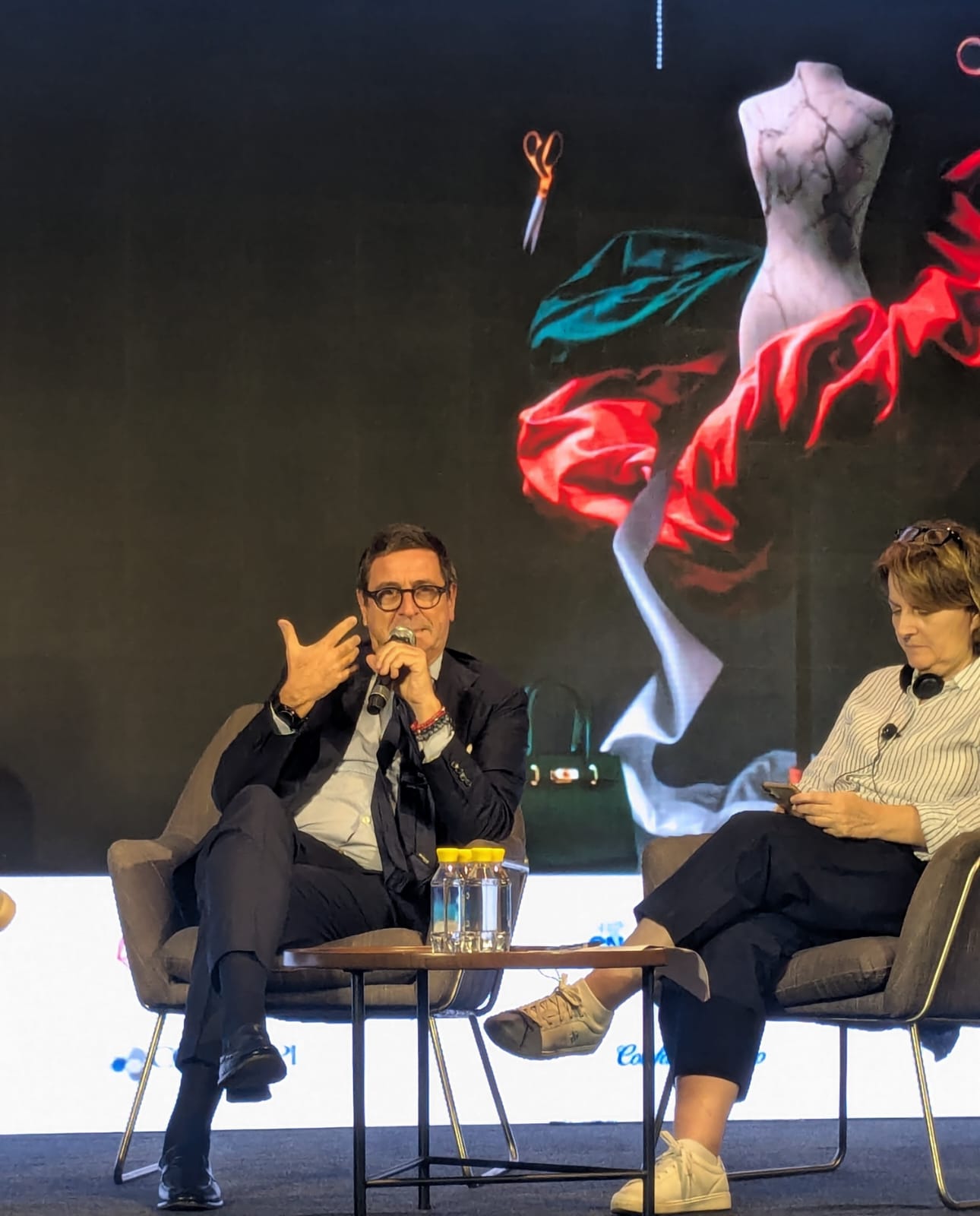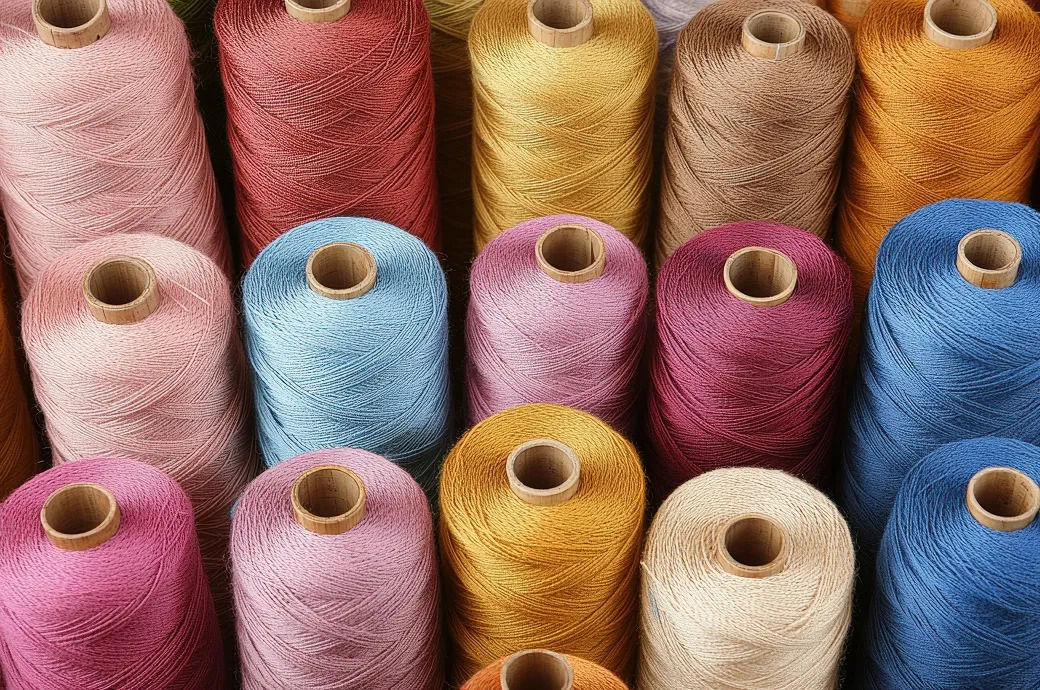India’s textile exporters hope, Donald Trump’s return to the White House as the new President-elect will significantly boost to their market share in the United States. Trump’s emphasis on reducing dependency on China is expected to open up new opportunities for Indian suppliers in the American textile and apparel (T&A) market, says Rakesh Mehtra, Chairman, Confederation of Indian Textile Industry (CITI).
Representing 27 per cent of the sector’s exports in 2023, the United States continues to be a critical market for Indian textiles As per recent data, in Oct’24, India’s textile exports to the US increased by 11.56 per cent Y-o-Y while apparel exports expanded by 35.06 per cent. From Apr- Oct’24, India’s total T&A exports to the US grew by 7.08 per cent compared to the same period in 2023.
This performance outpaces key competitors, notes Mehra, highlighting India's stronger gains compared to other nations. For example, China’s exports grew at a modest rate of only 2 per cent, while Vietnam’s exports rose by a mere 0.4 per cent and Bangladesh experienced a 2.2 per cent decline. India’s enhanced performance reflects its growing preference among US buyers, he adds.
However, despite these positive trends, high US tariffs remain a significant challenge for Indian exporters. Tariffs as high as 32 per cent on some Indian textiles and apparels continue to impact their price competitiveness. The new Trump administration is expected to engage in negotiations to reduce these tariffs, allowing India to strengthen its position as a leading supplier of high-quality textiles to the US market, hopes Mehra.
Emphasising on India’s expanding influence in countries with free trade agreements (FTAs), such as South Korea, Japan, and Australia, Sudhir Sekhri, Chairman, AEPC notes, international buyers view India as a stable and reliable alternative to traditional sourcing countries like Bangladesh and China.
Mithileshwar Thakur, Secretary-General, AEPC, emphasises, India needs ongoing investment, funding, and training to maintain a competitive edge amidst global trade disruptions and rising costs.












